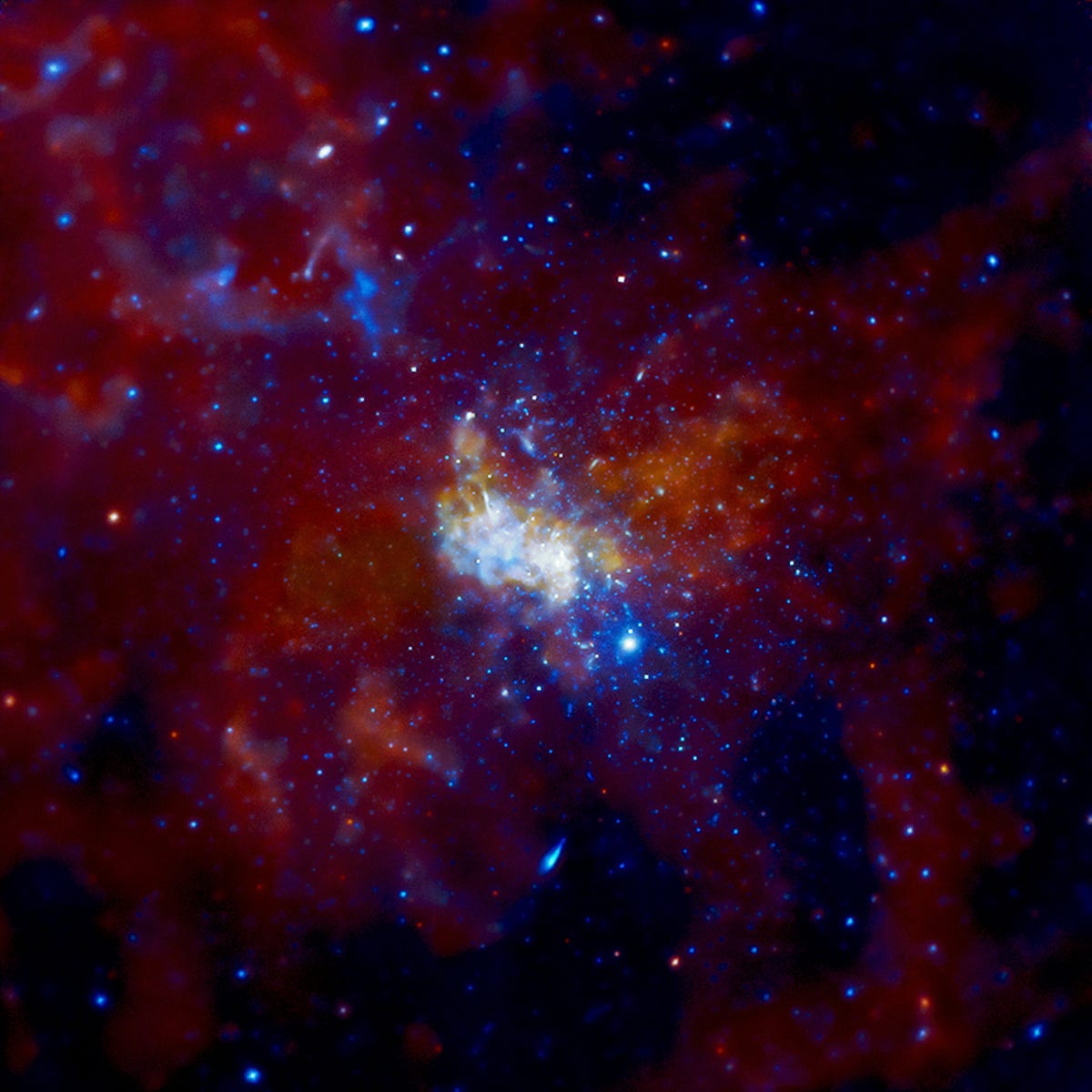Supermassive black hole at Milky Way's core gives up a secret (images)
For years, scientists puzzled over mysterious X-ray flares given off by Sagittarius A*. Now they've uncovered an explanation.

Sagittarius A*
Sagittarius A*--or Sgr A*, as it's more commonly described--is a supermassive black hole at the center of our Milky Way. It's big and bad, containing about 4 million times the mass of our sun. It's also given to odd behavior; scientists say they can identify mysterious flares being emitted for a few hours each day.
After years seeking an explanation, astronomers using new data from the Chandra X-ray Observatory now think that they have found one: Sgr A* may simply be vaporizing and actually "devouring" asteroids that cross its path. Think of it as a galactic burp.
And there's no shortage of raw material for Sgr A* to consume. According to NASA, the cloud around Sgr A* contains literally trillions of asteroids and comets. Any celestial object passing with 100 million miles of the black hole--that's roughly the distance between Earth and the sun--would get obliterated. (We'd love to see how James T. Kirk could pull himself out of that one. Just saying.)

